1. Let your parents’ emotional and physical comfort guide the process.
Most likely, you will have different priorities from your parents. And you and your siblings may have differing agendas among yourselves. These separate priorities create conflict just when family unity is needed most. Remember that honoring your parents includes honoring their agenda.
Seemingly insignificant items may be loaded with personal meaning and memories for your parents. And objects of great material value may be less important. They may prefer old, worn objects to newer ones in better condition. Respect their decisions.
Dealing with the physical and mental loss that often accompanies old age, your mom and dad may cling fiercely to their independence and sense of control. They may have a sequence in which they need to proceed that differs from your own. If books are very special to your parents, for example, they may need to determine what will happen to the volumes they’re leaving behind before they can focus on other issues. Attempting to force your parents to proceed in a sequence that doesn’t address their priorities usually results in arguments and inattention.
2. Try to replicate the old environment.
Your parents will be experiencing a lot of change. It will be comforting to have some things stay the same. Take photos of each shelf in the china closet, the arrangement of pictures on the wall, and the items on bureaus and end tables. The photos will help you recreate the feel of the former home with speed and accuracy, and will make the new residence feel more like home.
3. Focus on sorting, not packing.
Preparing for a senior move is a major organizational challenge. There may be decades of belongings to sort through in attics, basements, spare rooms and closets. In addition to what will be moved to your parents’ new home, things may need to go to family members across the country, as well as to the church bazaar, donation centers, charities, auction houses and the township dump. Helping your parents sort and organize their belongings is the single most important thing you can do to reduce stress, save money, and ensure a smooth move.
4. Accept their gifts.
I was reminded of this at the funeral of my friend’s grandmother. “Things were important to my grandmother,” Lisa said. She told me that her grandmother had lived through the Great Depression, and then years later, buried both of her children. In the face of so much loss, Lisa’s Grandmother had held onto what she could. When she moved at age 88, she offered to give Lisa many of her cherished things. But Lisa didn’t need the items. Honestly, she didn’t like them and she had no space to store them. “I said no to everything,” Lisa told me. “Today, I regret those decisions. It’s not that I’ve grown to like the things she offered. It’s that I was thinking of myself, and I should have been thinking about her.”
Your parents will be saying goodbye to a great deal. Knowing that cherished objects, and even ordinary items, are with family members eases their sense of loss. If they give you things, even things you don’t like, accept them graciously. Store them in the basement if you must. Conversely, if your parents are warehousing things that belong to you or your siblings, take them now so your mom and dad don’t need to worry about them during the move.
5. Be tactful.
Poor health, caregiving duties and failing eyesight can result in housekeeping practices that are less stringent than they once were. Tactfully clean things as you sort, and avoid making your parents feel embarrassed. If you find clothing that is torn or stained, suggest a donation site that recycles textiles. Take worn towels to the local animal shelter. Knowing that things will be used, regardless of their condition, will be a comfort to your parents.
6. Let your parents say good-bye.
Keep sorting sessions brief— 2-3 hours at the most. This may be difficult when you come to town for a weekend and plan to blitz through things. But constant decision-making is exhausting and marathon sorting sessions usually result in diminishing returns. Accept that some days you will accomplish less than you had hoped for and let your parents enjoy their recollections.
The sorting process brings up memories, so stories and reminiscing are natural. Studies show that reminiscing calms people and reduces stress. You may find that after telling a story, your parents are able to focus more on decision-making. In short, storytelling is a productivity tool, not a hindrance. Listen respectfully, ask questions. Remember that in the long run, it is your parents’ stories—not their belongings—that you will cherish.
7. Be realistic about how much time you can devote to the process.
If your parents live in the family home, allow 60-80 hours for the downsizing process, and 20 hours for items not going with them. Helping them pack, move, unpack and settle into their new home will take about 50-80 hours. If your time is limited, focus on doing fun things with your parents and providing emotional support. Hire a professional Senior Move Manager to help with the rest.
8. Concentrate on the big picture.
You have a lot on your plate including your own home, family, job, and even caregiving responsibilities. All this can add to your stress regarding your parents move and distract you from the big picture. Conflicts sometimes develop between siblings over the dispersion of items, and more frequently, over the sharing of caregiving duties. As you work with your parents and siblings, keep three objectives equally in mind: caring for your parents, taking care of yourself, and keeping the family intact.
9. Hire a Senior Move Manager.
Downsizing and moving are challenging tasks, but you don’t have to do it alone. A Senior Move Manager can provide expert planning, proven resources and hands-on help to take the work and worry out of moving. Most Senior Move Managers provide a free, no-obligation home visit. For NASMM members throughout the U.S. and Canada, visit National Association of Senior Move Managers (www.nasmm.org). NASMM members must meet insurance and educational requirements and adhere to the NASMM Code of Ethics.
— Simplify Magazine – HELPING MOM AND DAD DOWNSIZE by Margit Novack, NASMM

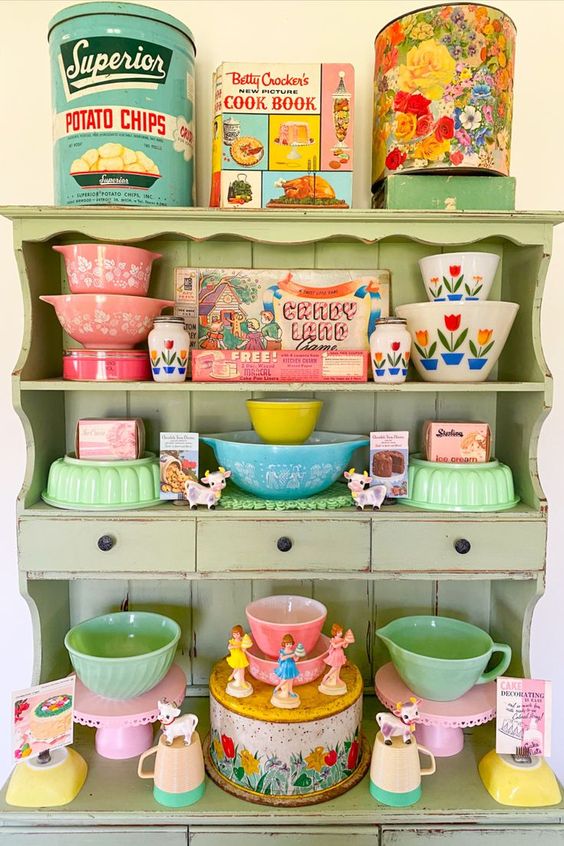
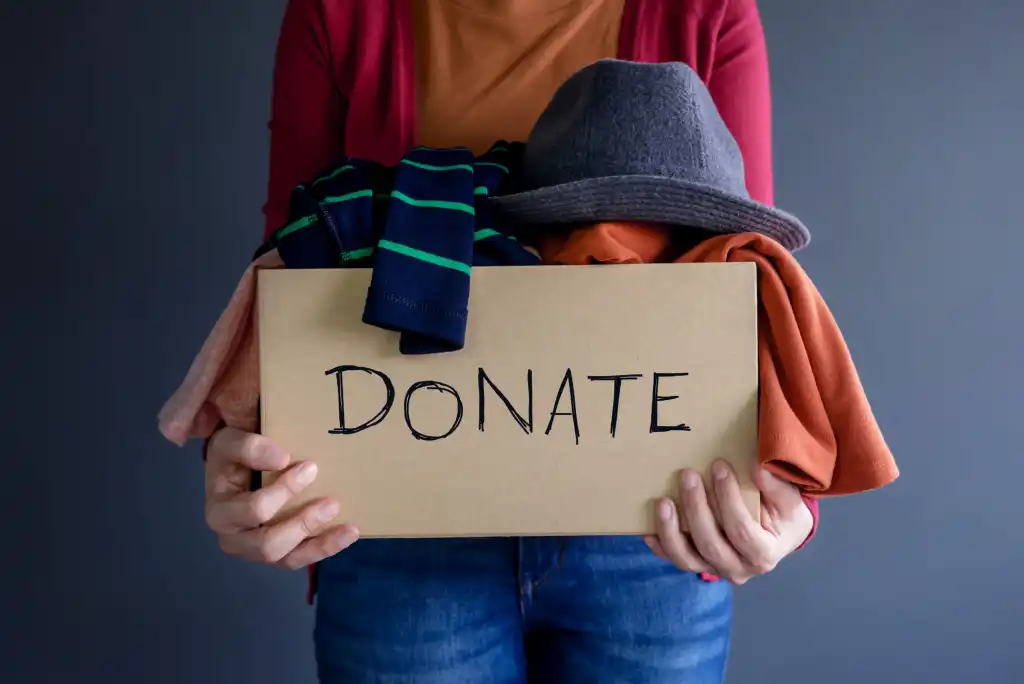

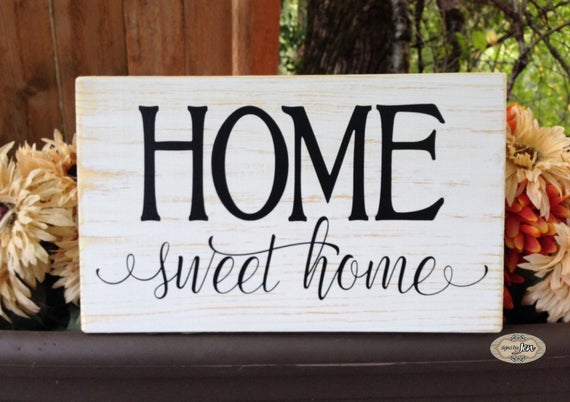
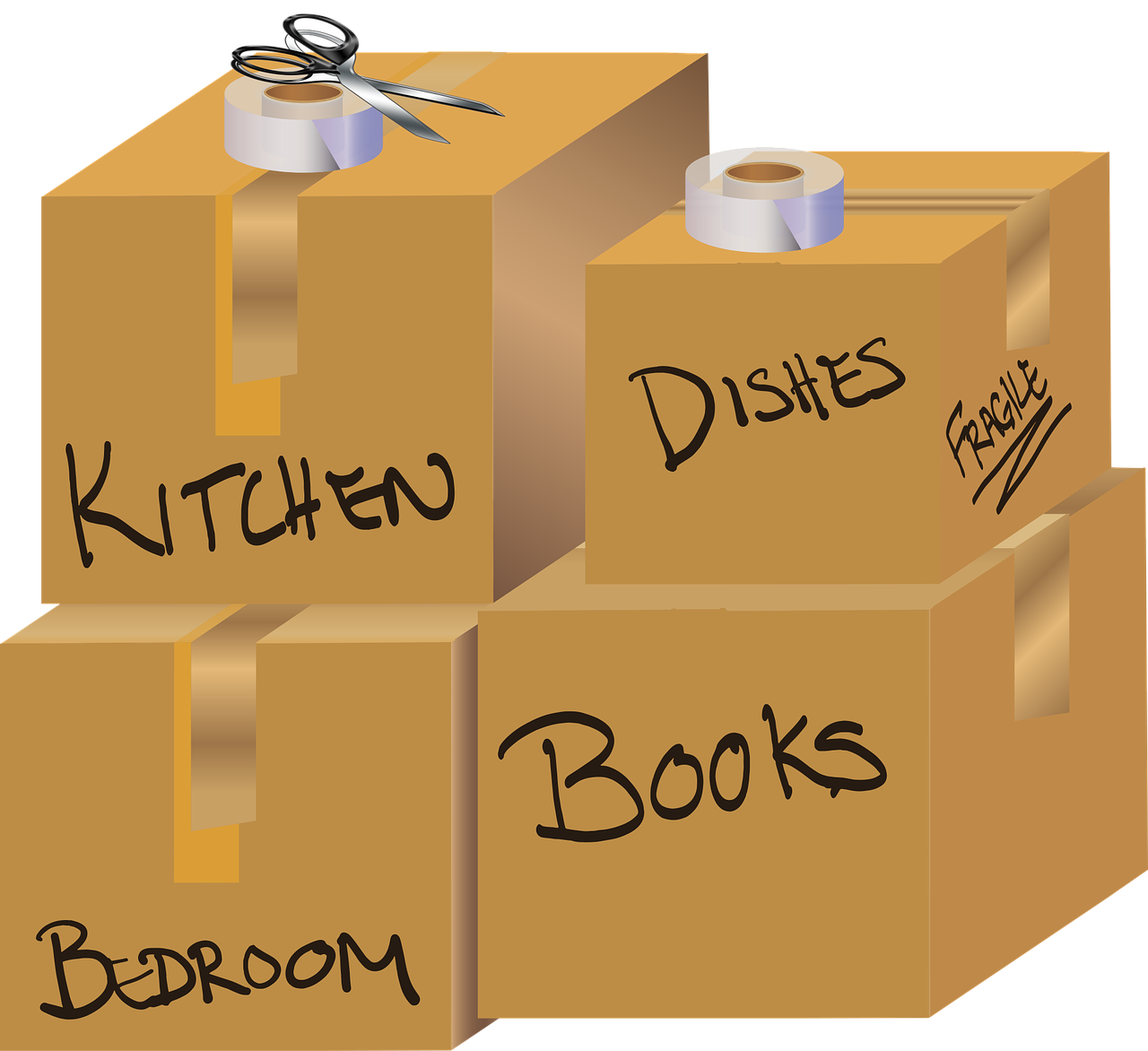


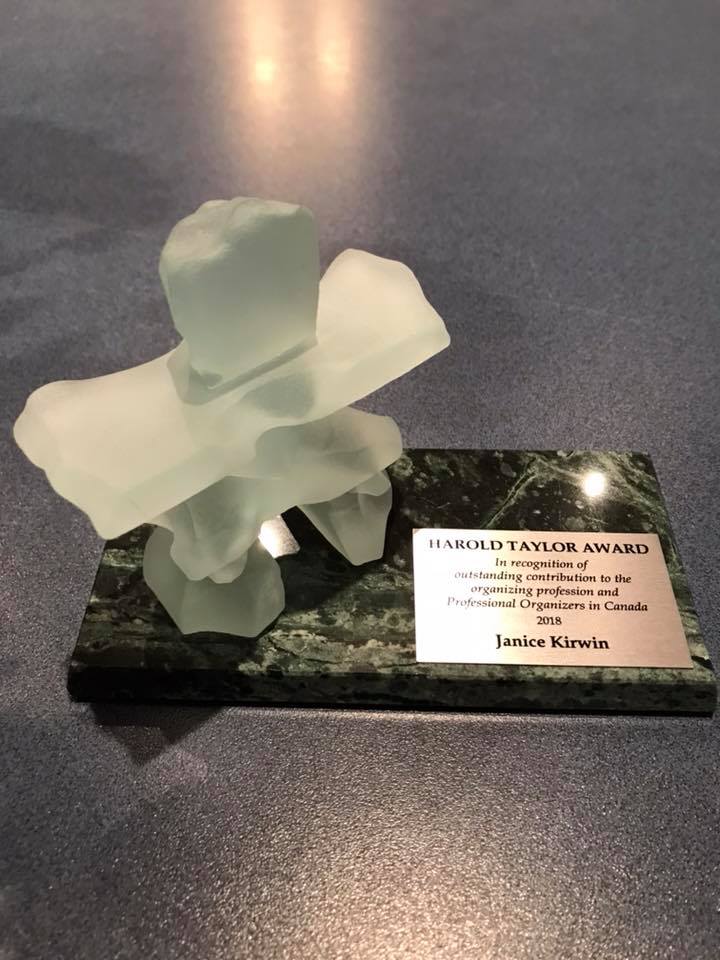 Janice was recently presented with the Harold Taylor Award at the annual Professional Organizers in Canada Conference in Kelowna, BC. This award recognizes outstanding individual contribution, guidance and direction in the organizing profession and support of the POC organization. What an honour!
Janice was recently presented with the Harold Taylor Award at the annual Professional Organizers in Canada Conference in Kelowna, BC. This award recognizes outstanding individual contribution, guidance and direction in the organizing profession and support of the POC organization. What an honour!